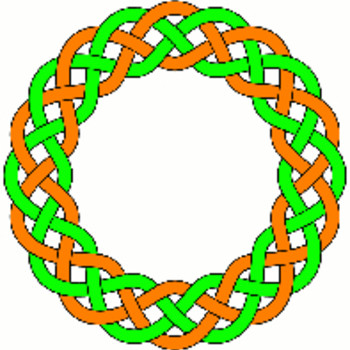If #f(x) = sqrt(x - 5)#, for #x ≥ 5#, what is the inverse of #f(2)# ?
2 Answers
Refer to explanation
Explanation:
The value at
9 (providing the question is interpreted in a particular way; see discussion in the explanation).
Explanation:
It is possible to make progress if the wording of the question is interpreted in a particular way (it might be considered ambiguous in its current form).
The given function
If it was intended by the author of the question that the function returns only the positive square root, then it will be one-one (see below). In fact, some people use the radical symbol to refer only to the positive square root (in contrast to using index notation to raise the argument to the power of one half, which would, by convention, refer to both the positive and the negative roots)
With this restriction, using the chain rule (quod vide) and, ironically but for convenience using the power notation, it might be noted
returning to the radical notation with its conventional proscription for safety!
It might now be noted that (restricting the root to positive values)
That is, the function is a strictly rising one and therefore one-one on its specified domain.
Setting
Next, it is possible that the phrase "the inverse of f(2)" in the question was intended to refer to "the inverse of f"(2), that is


